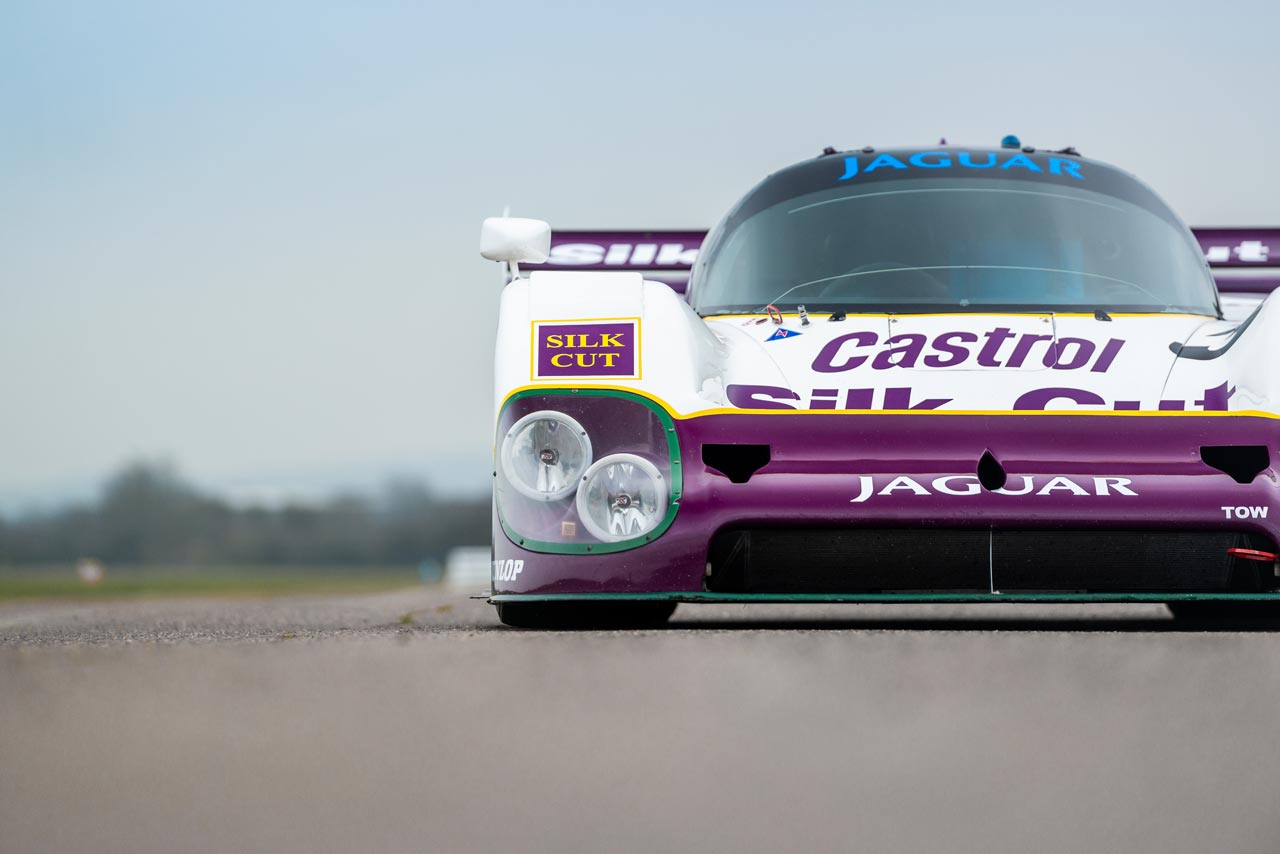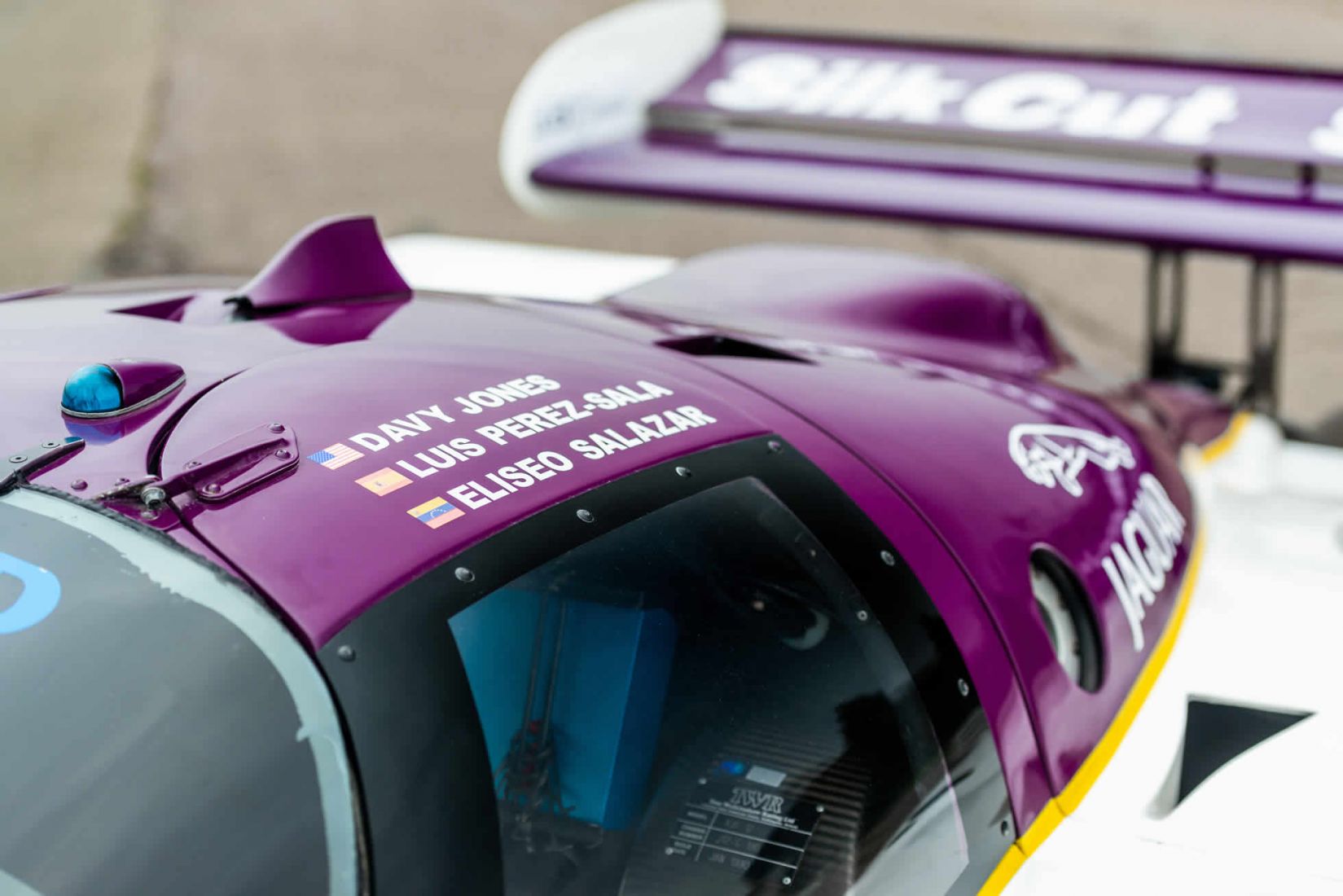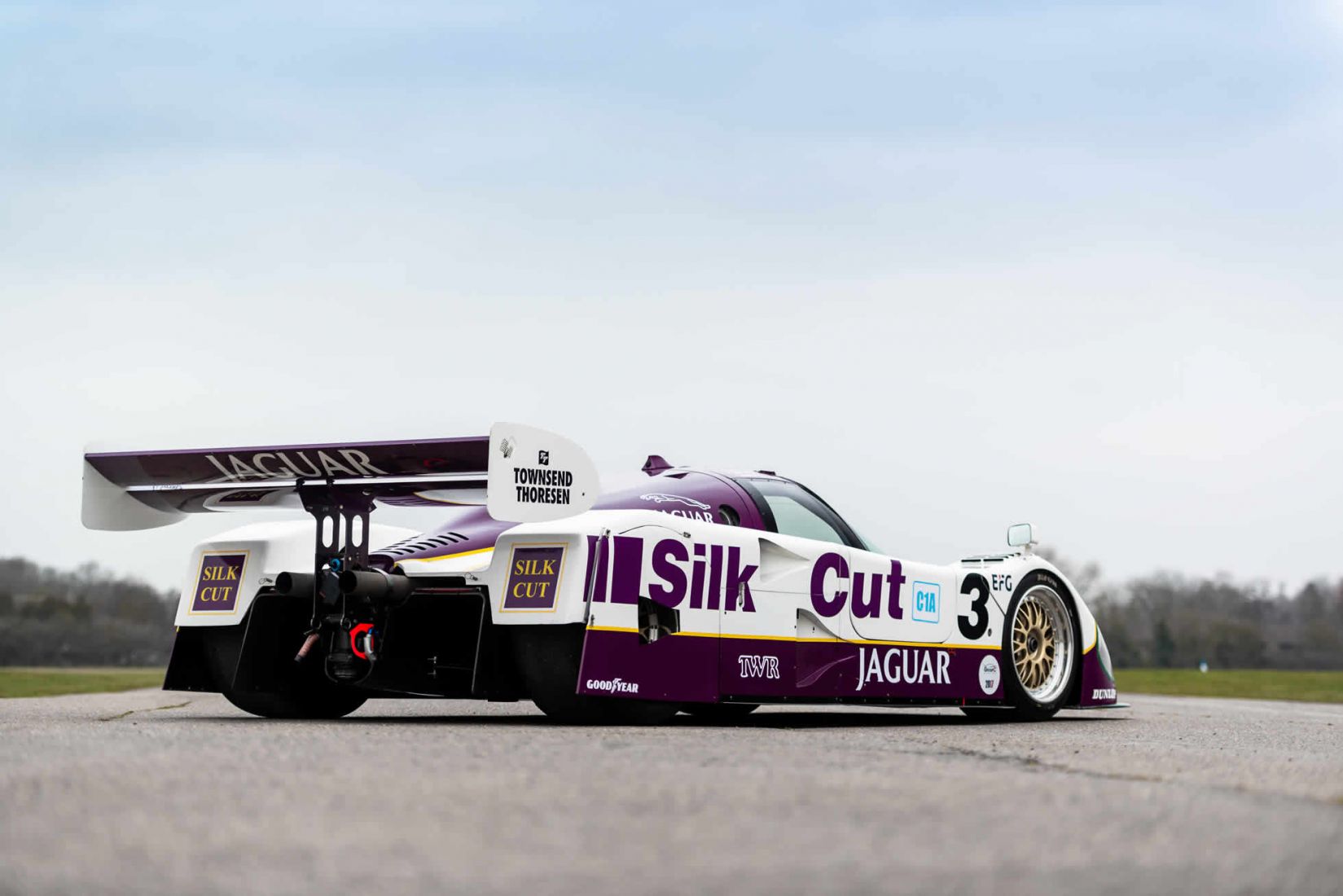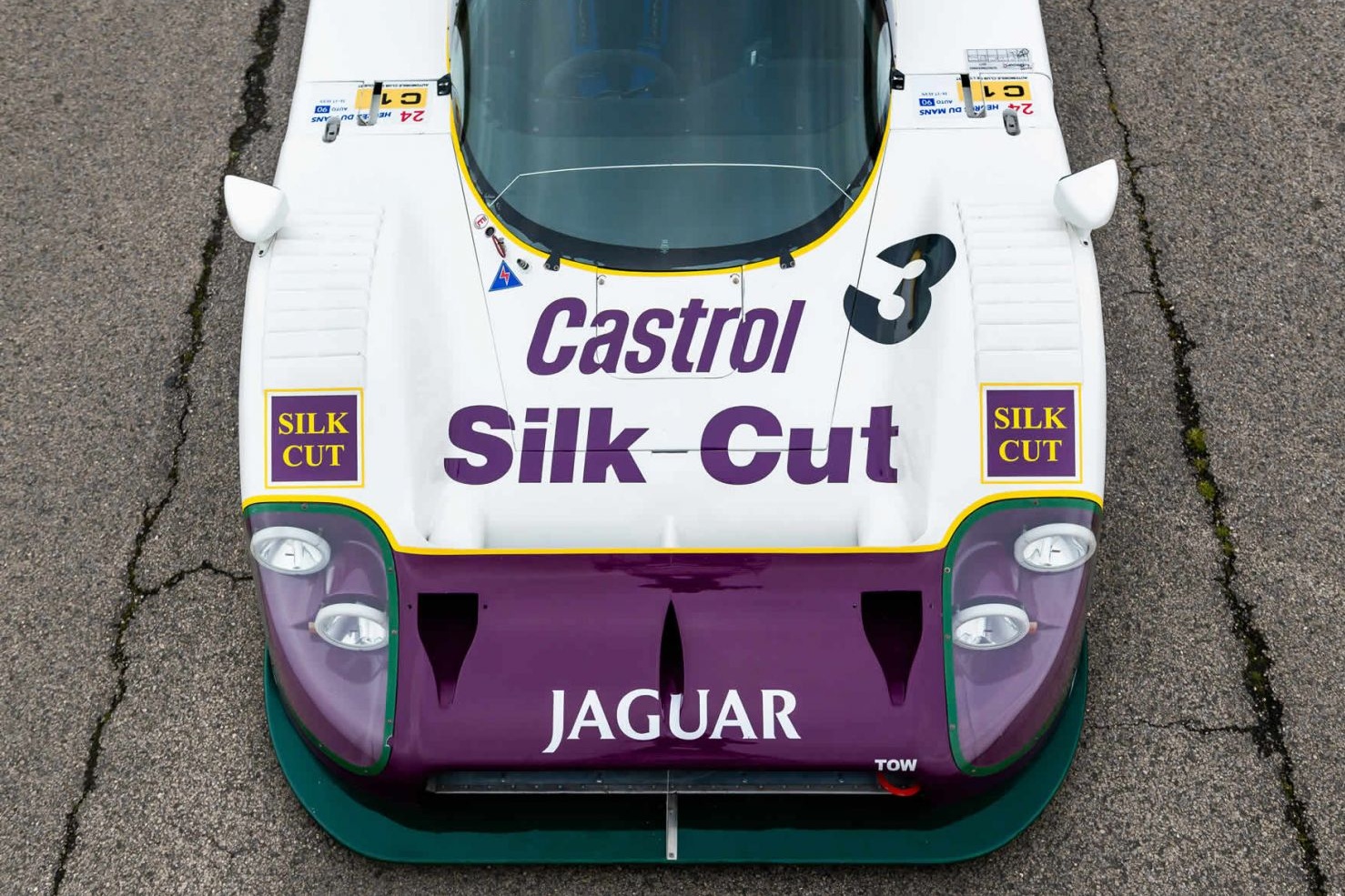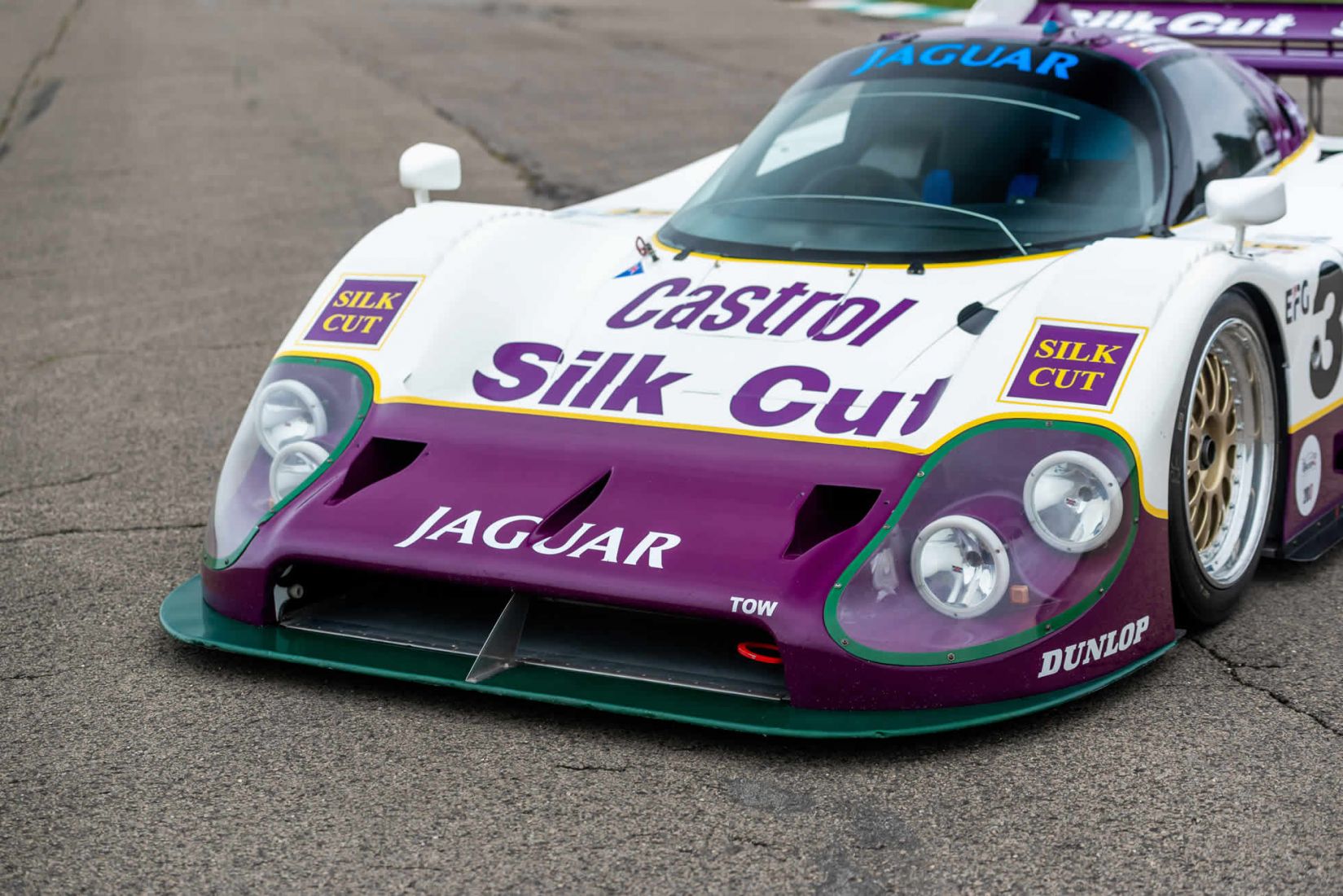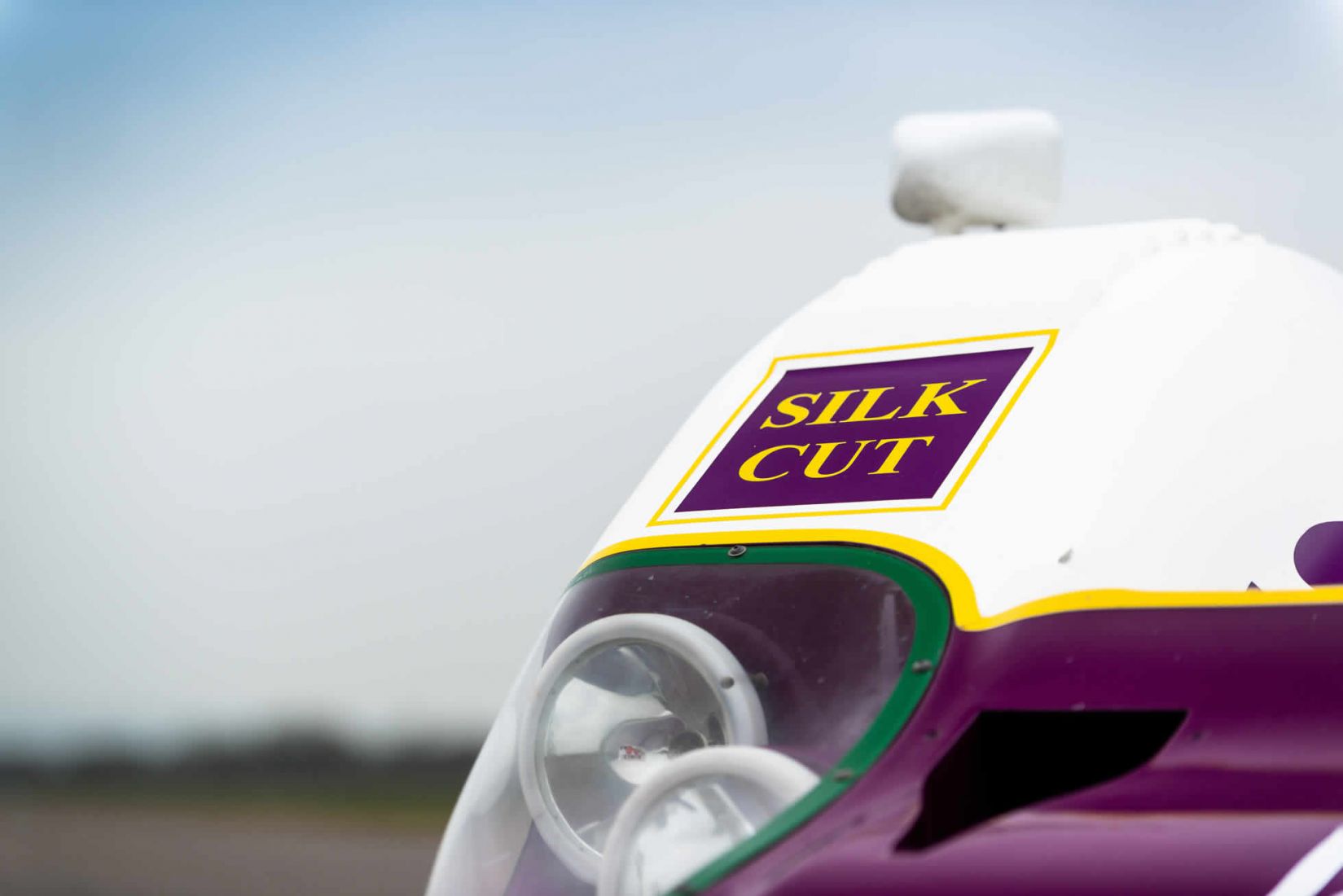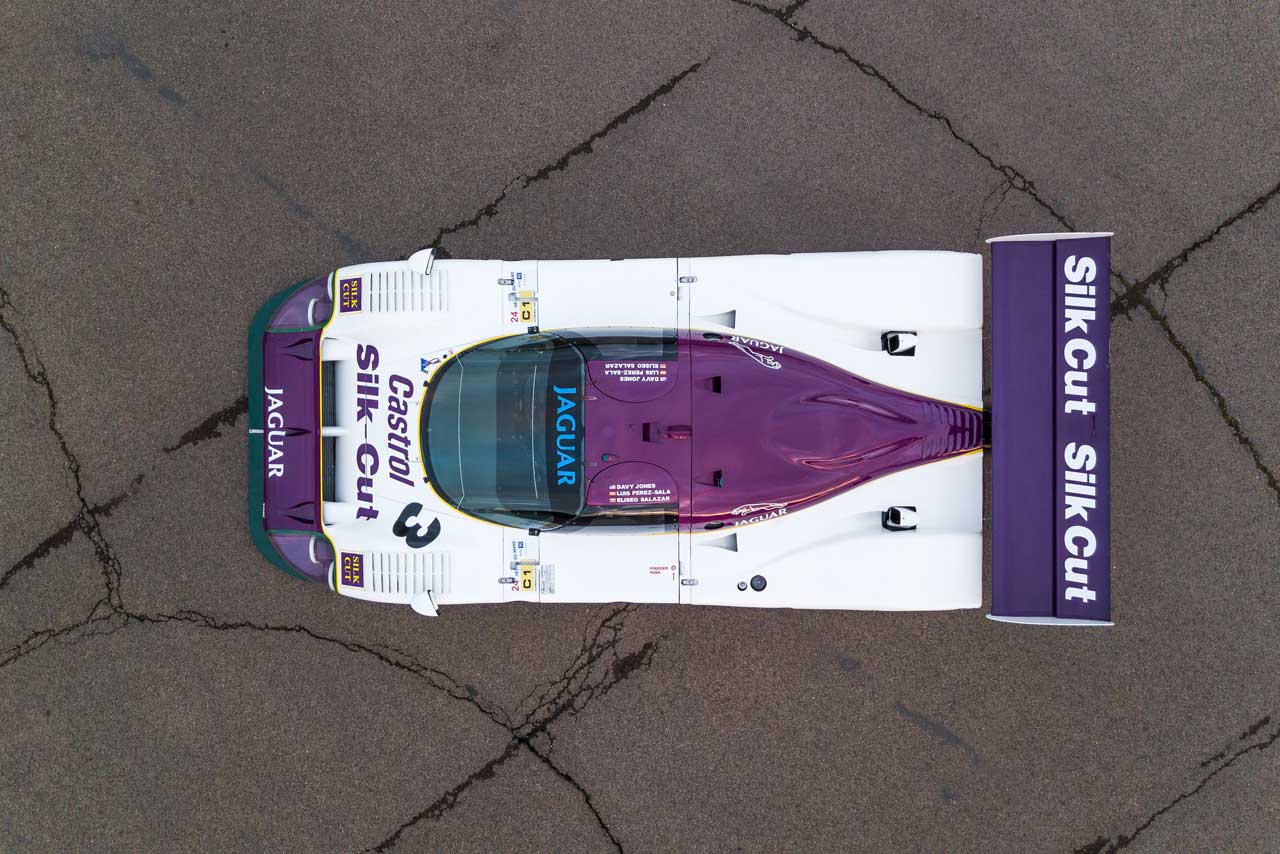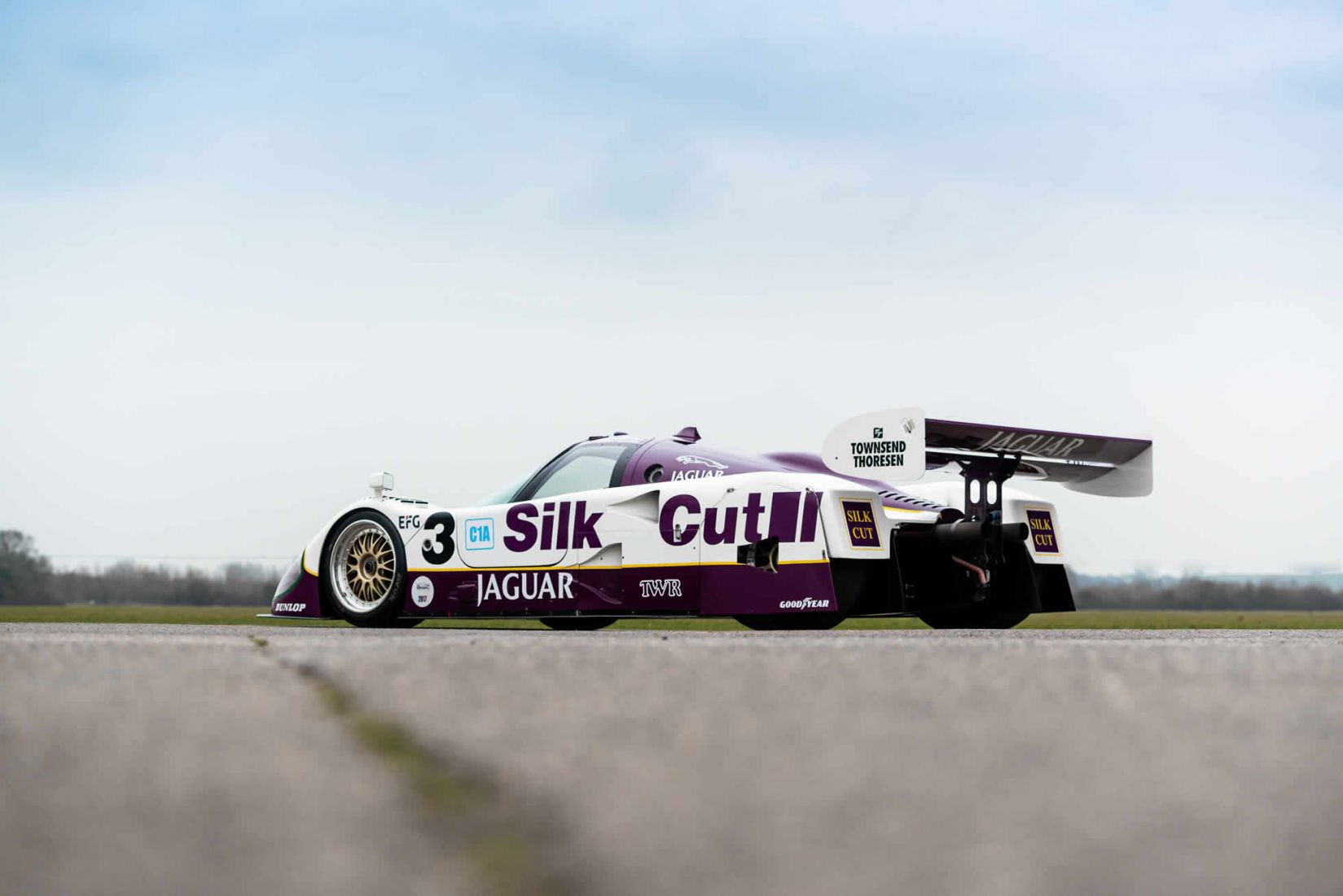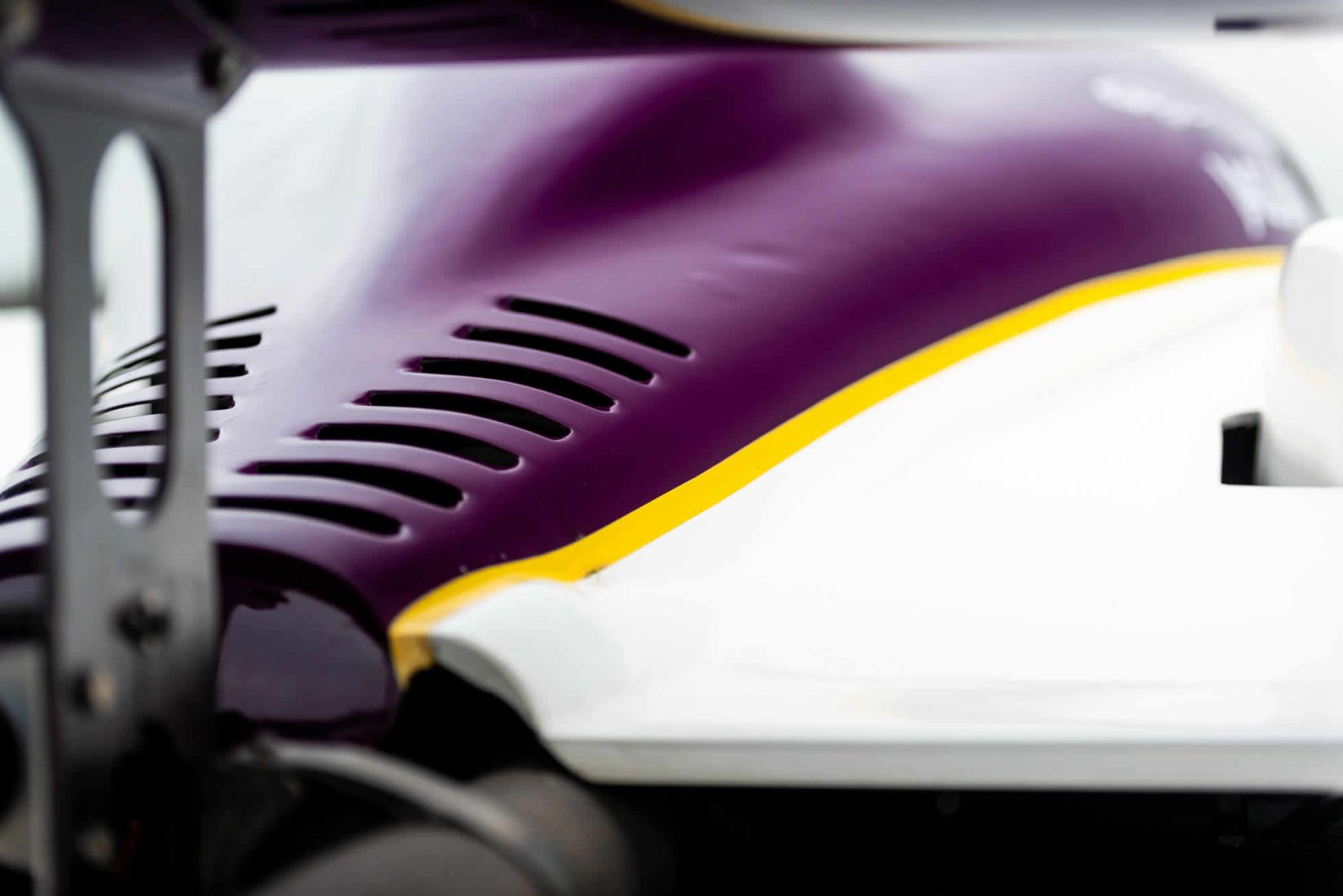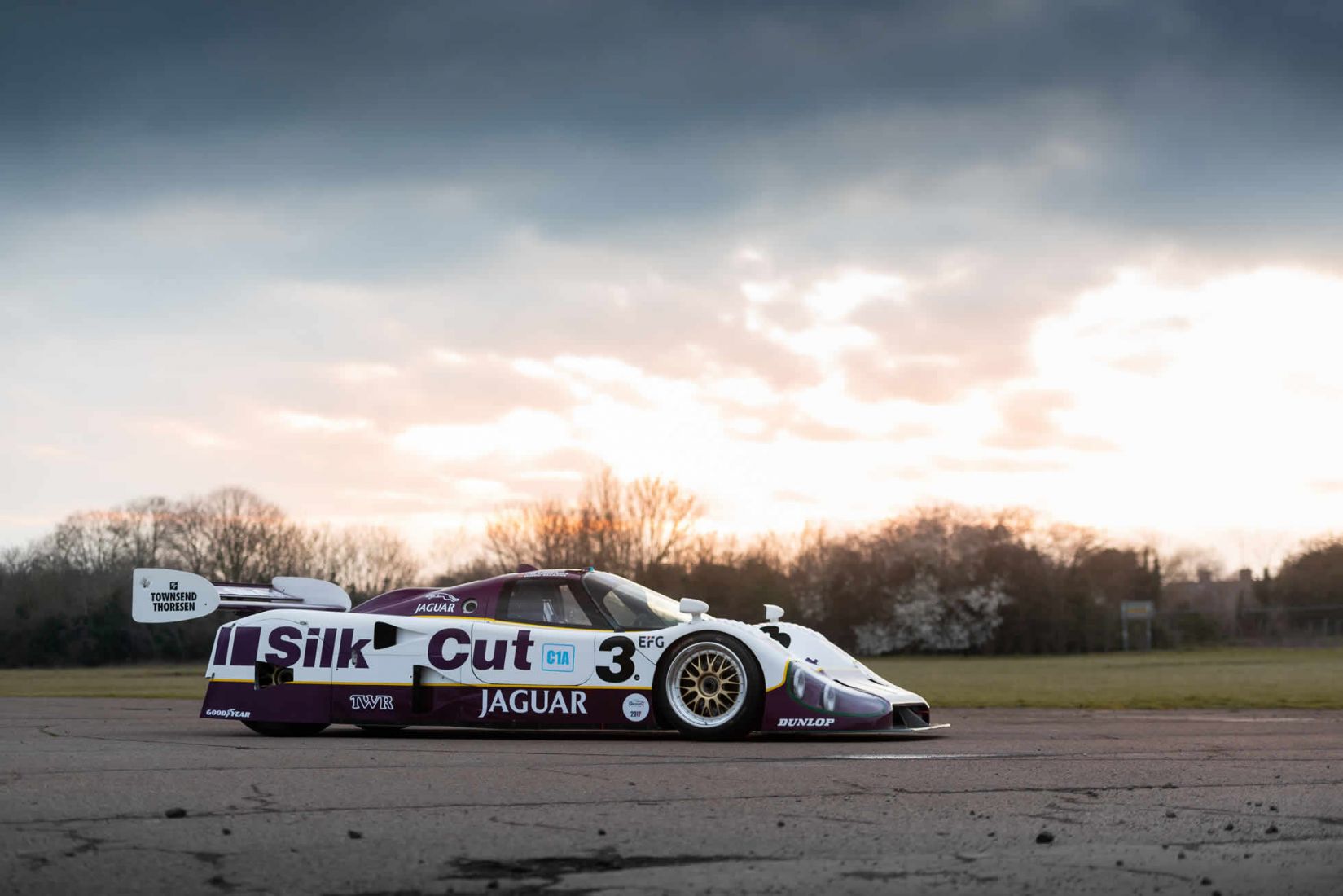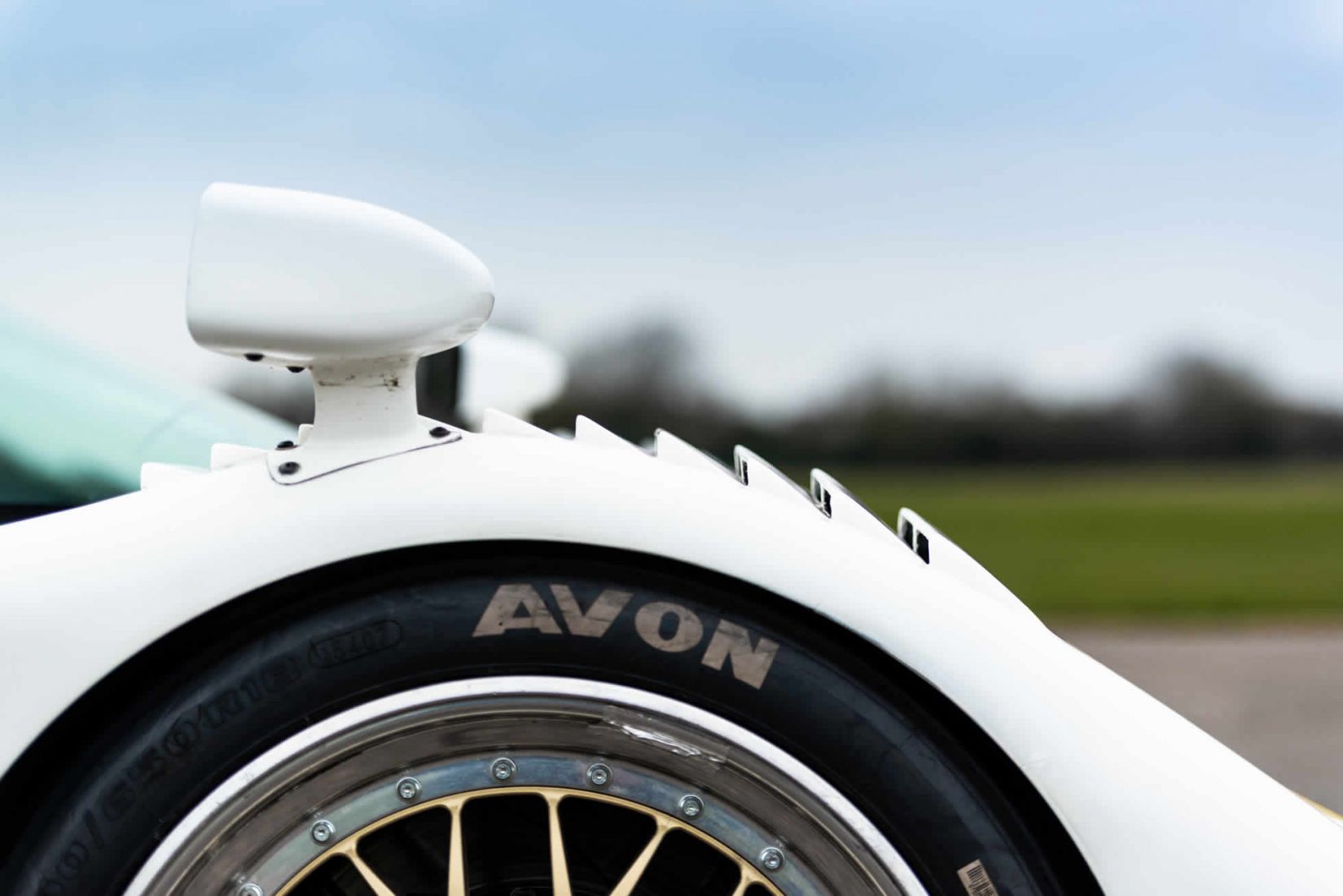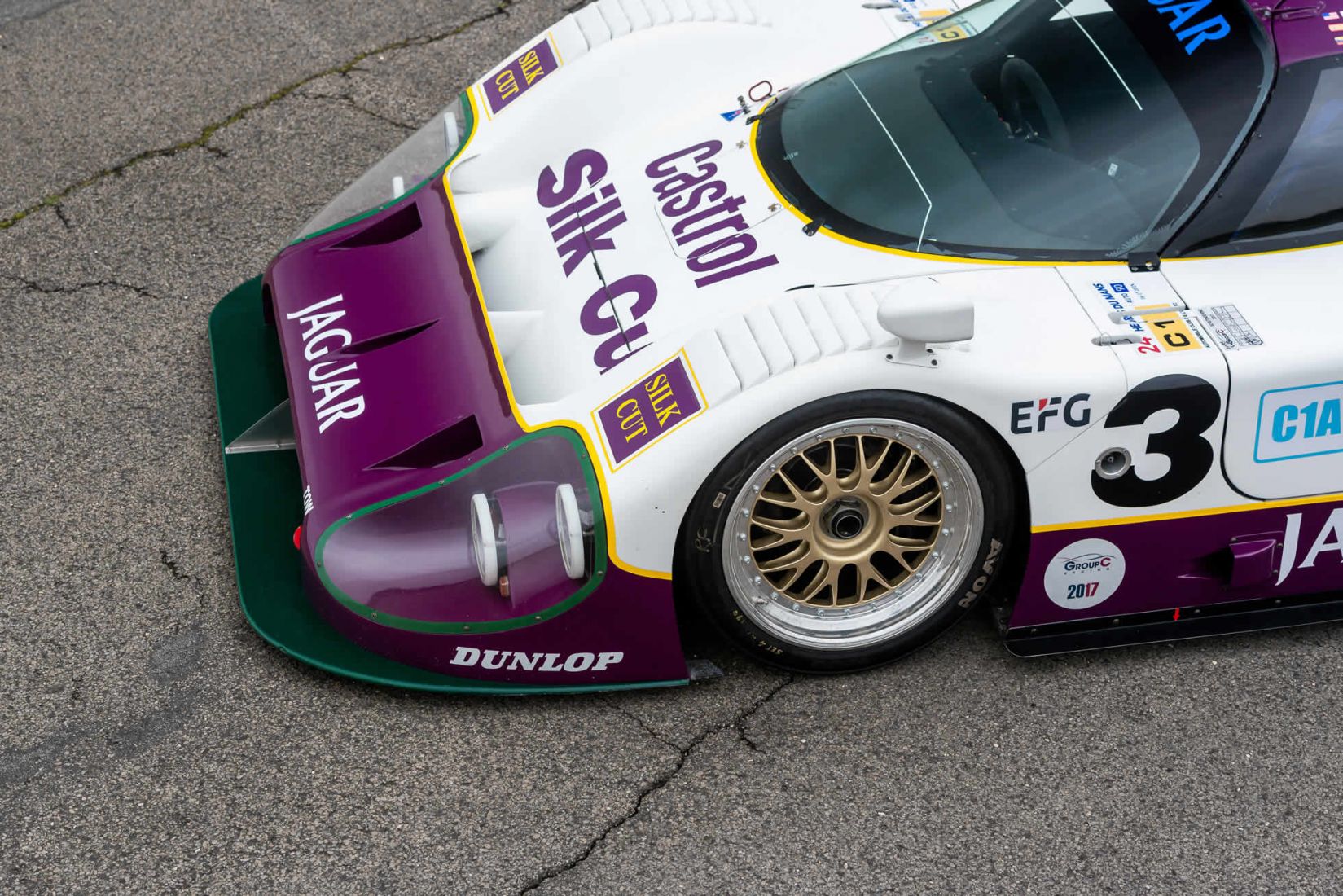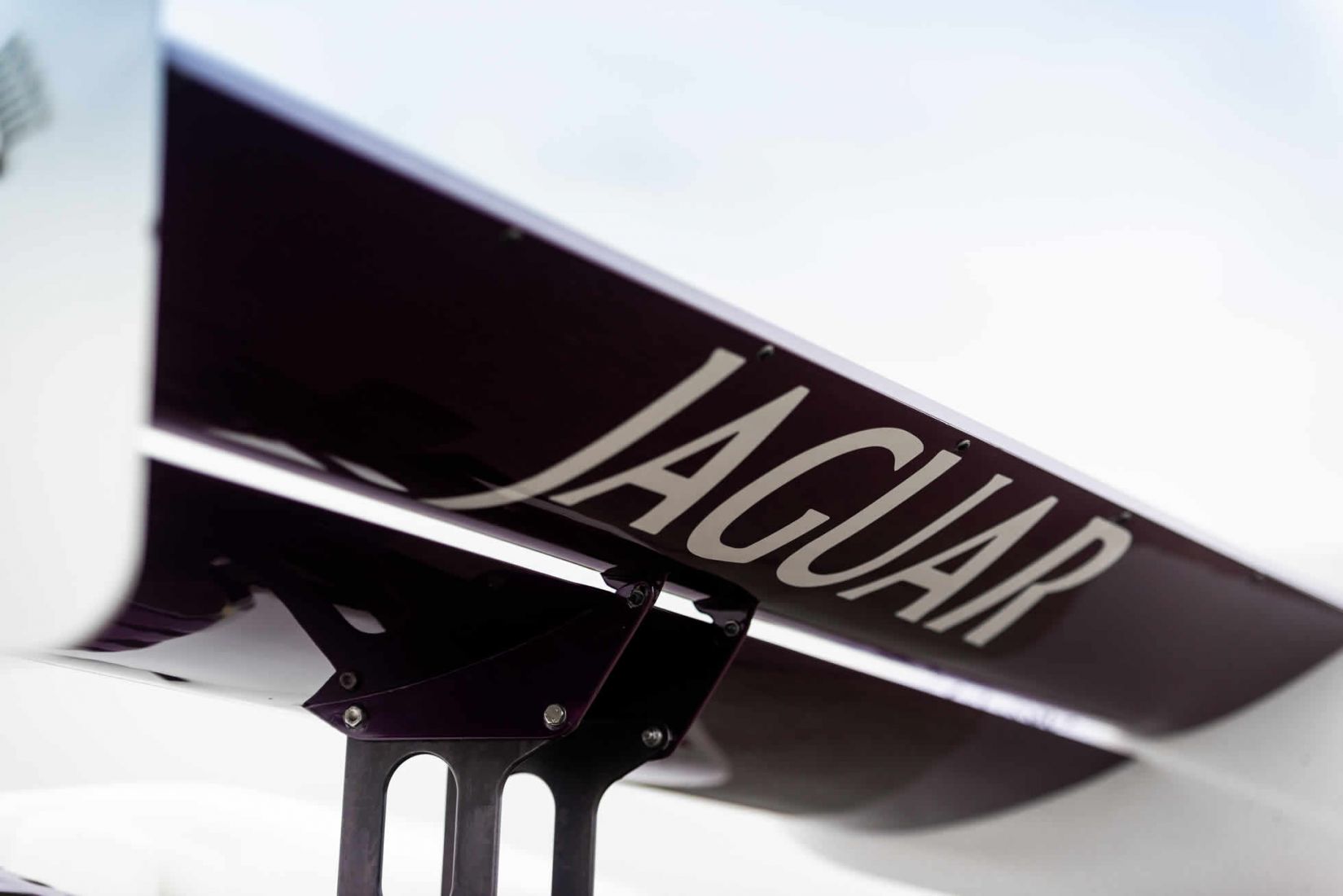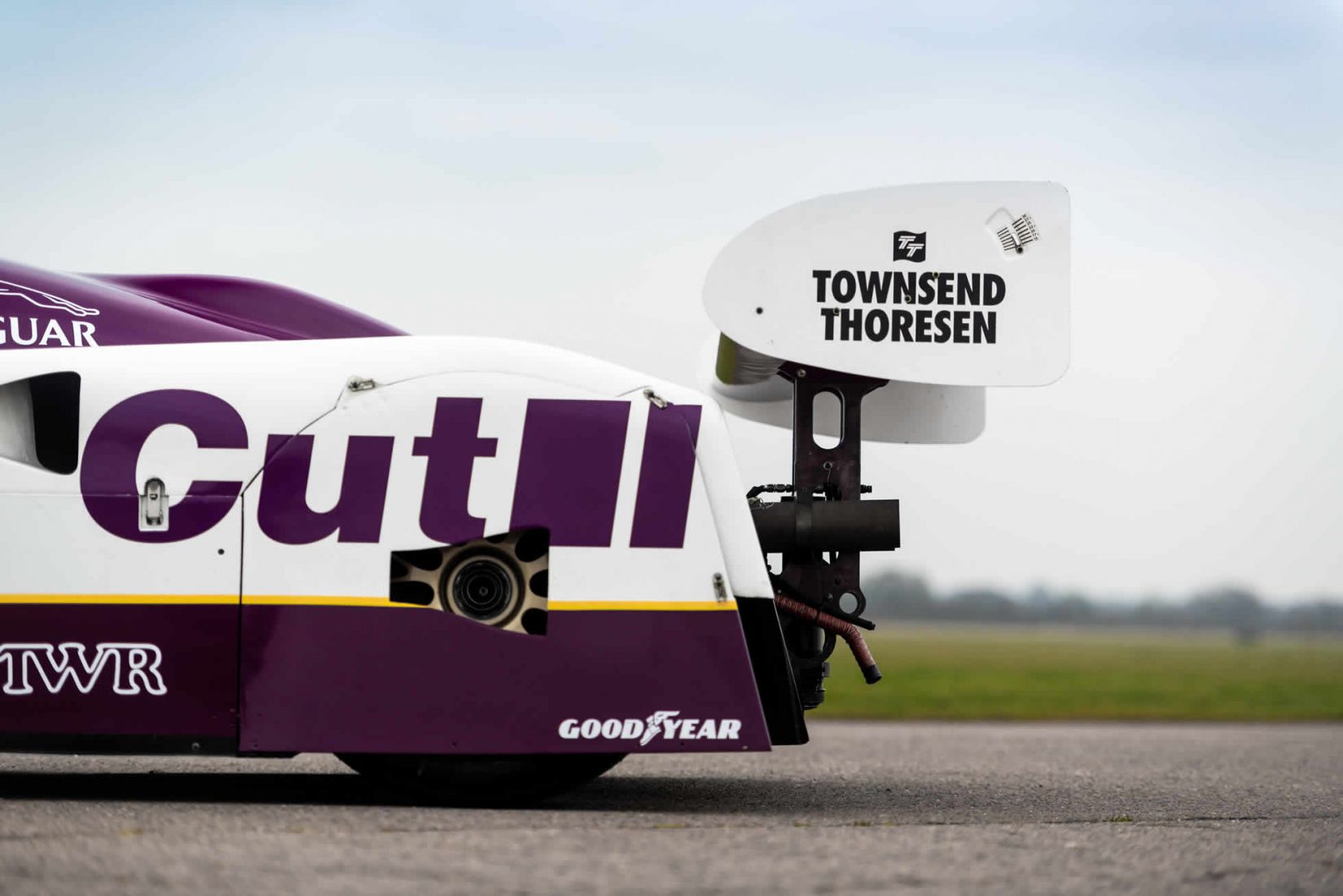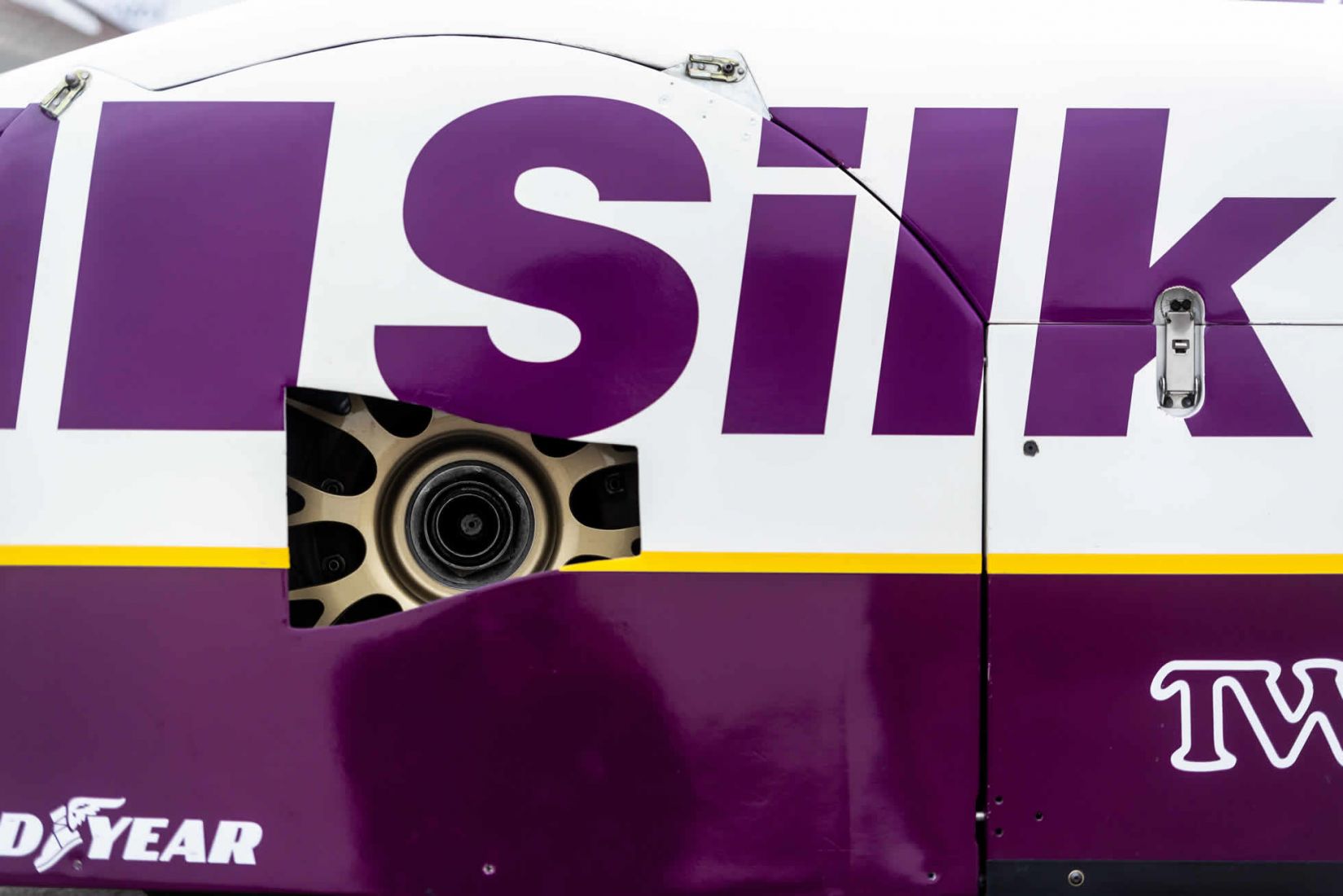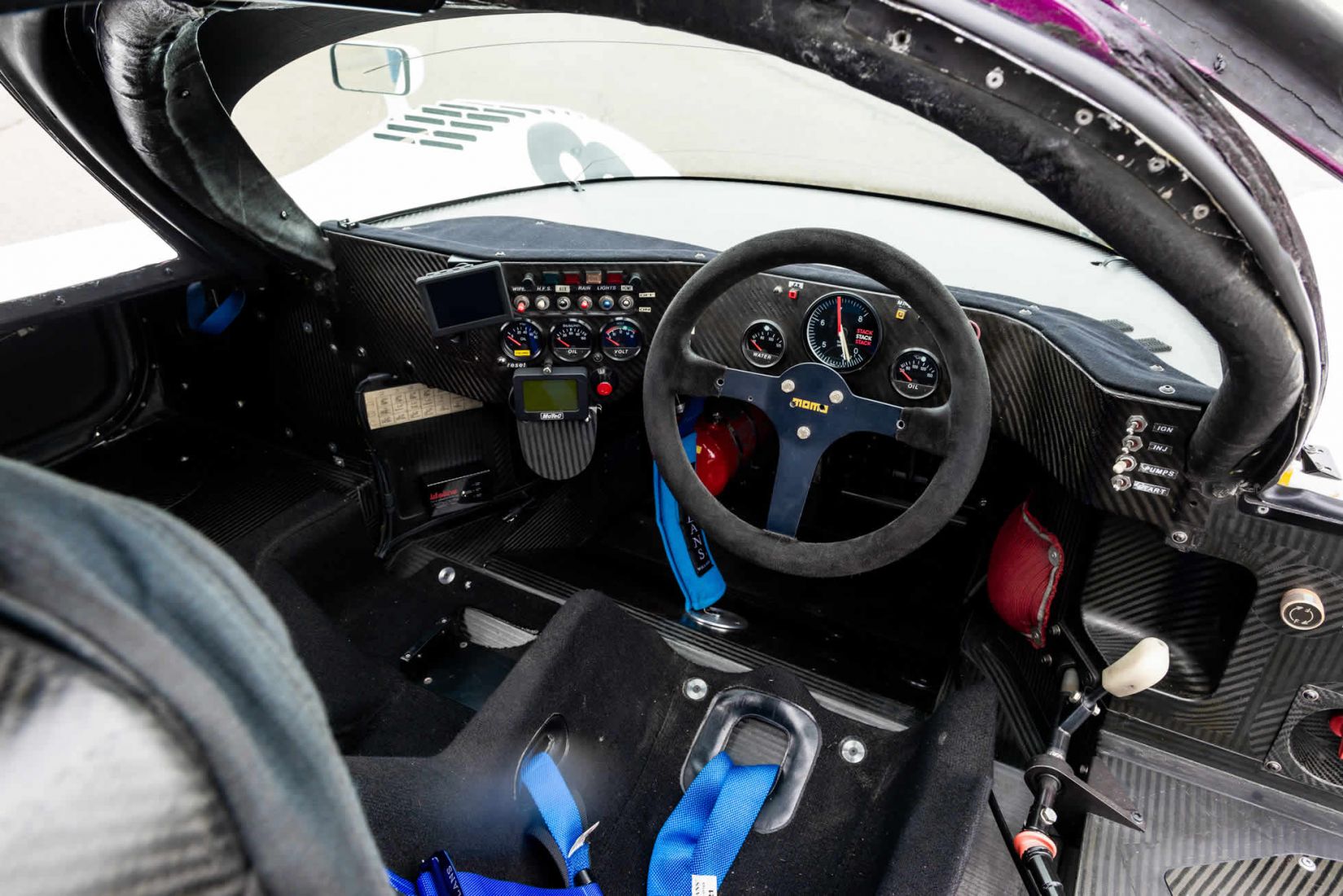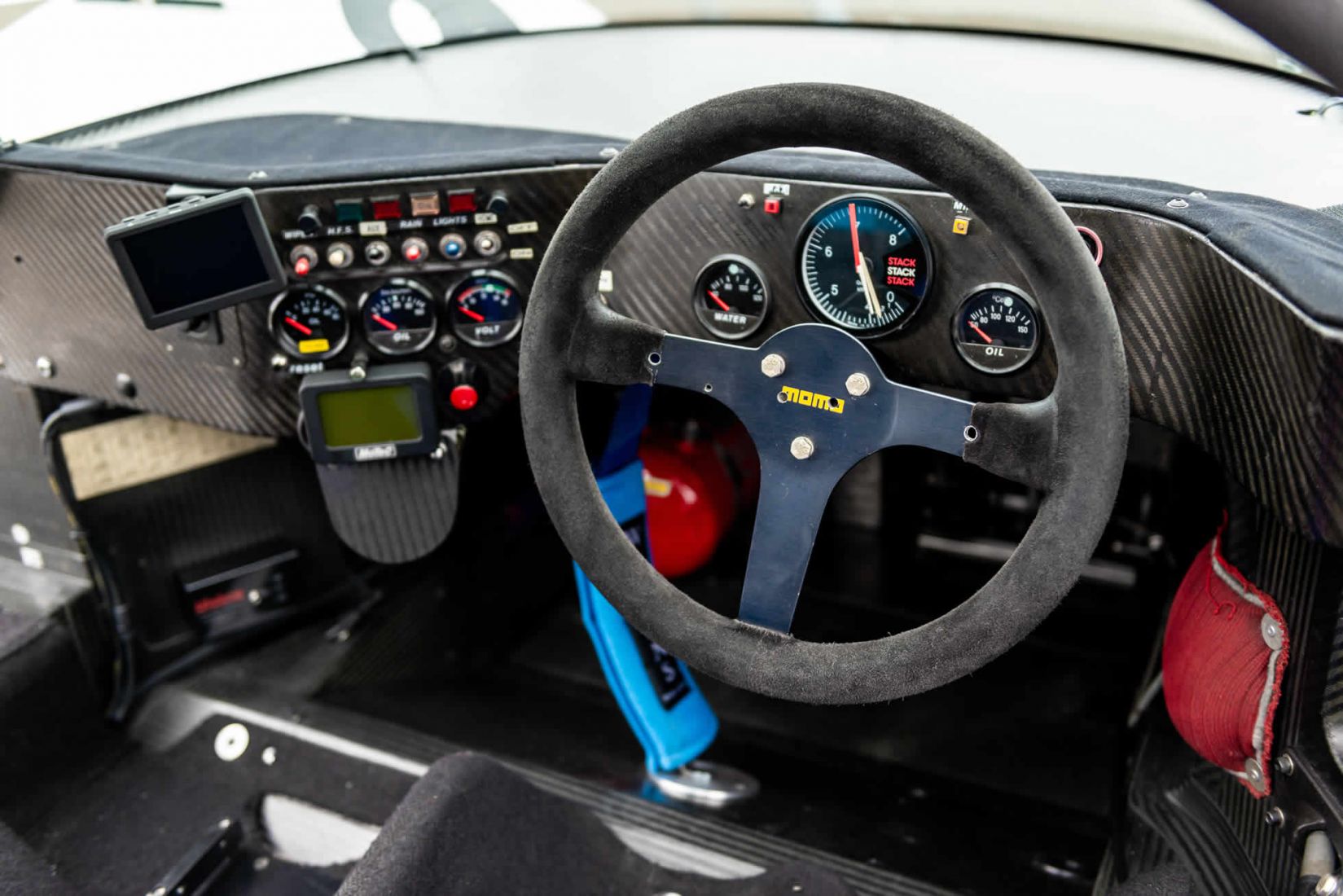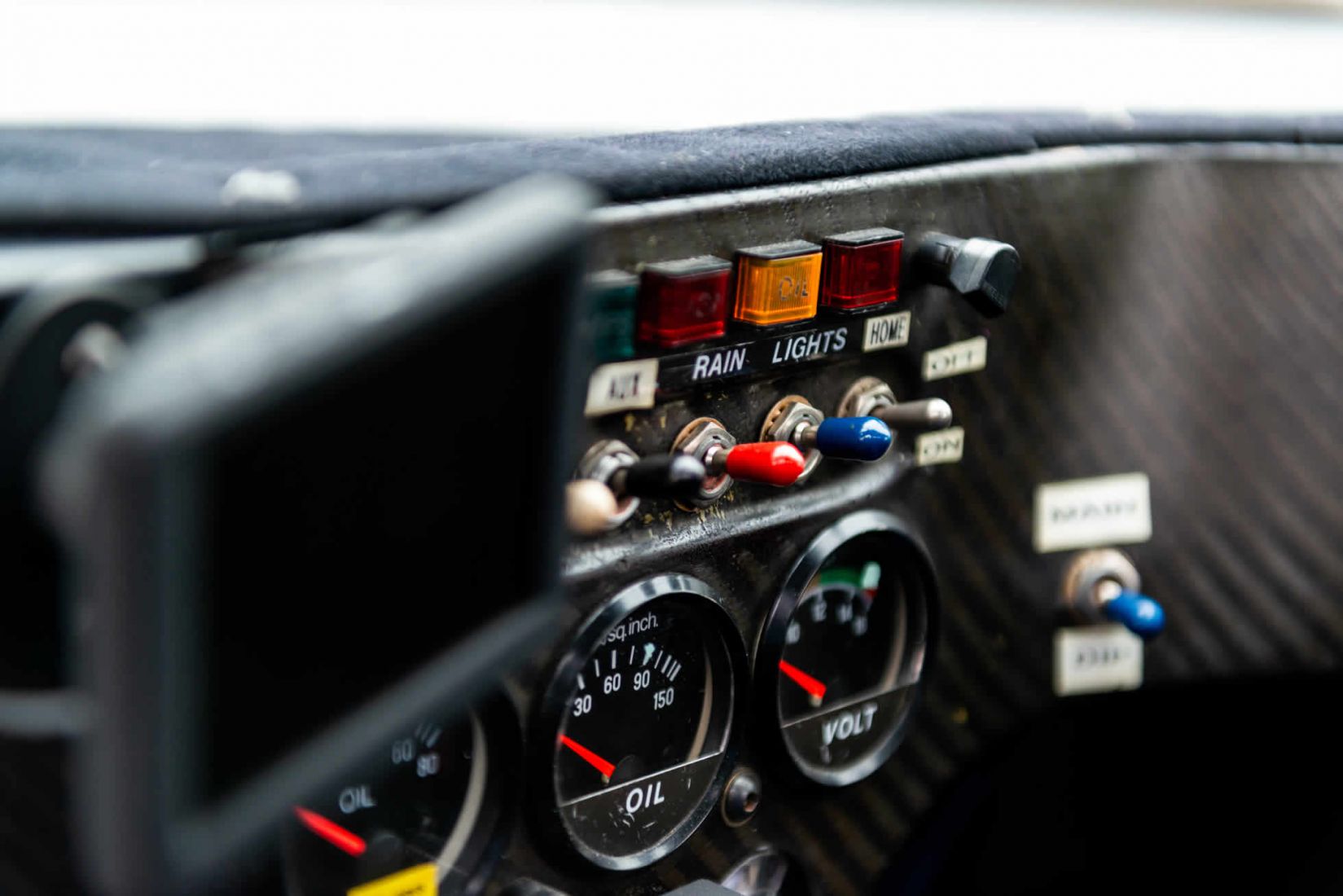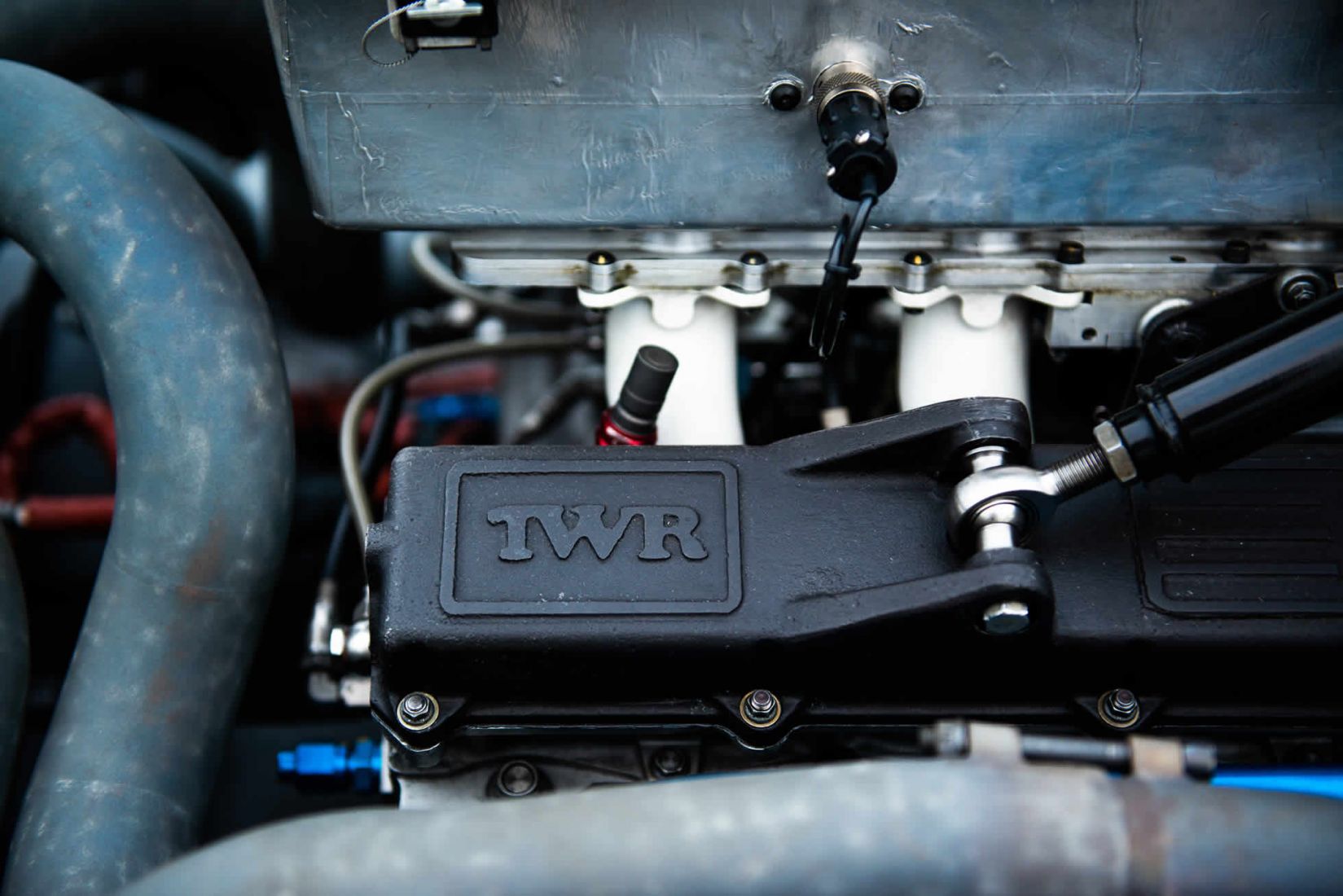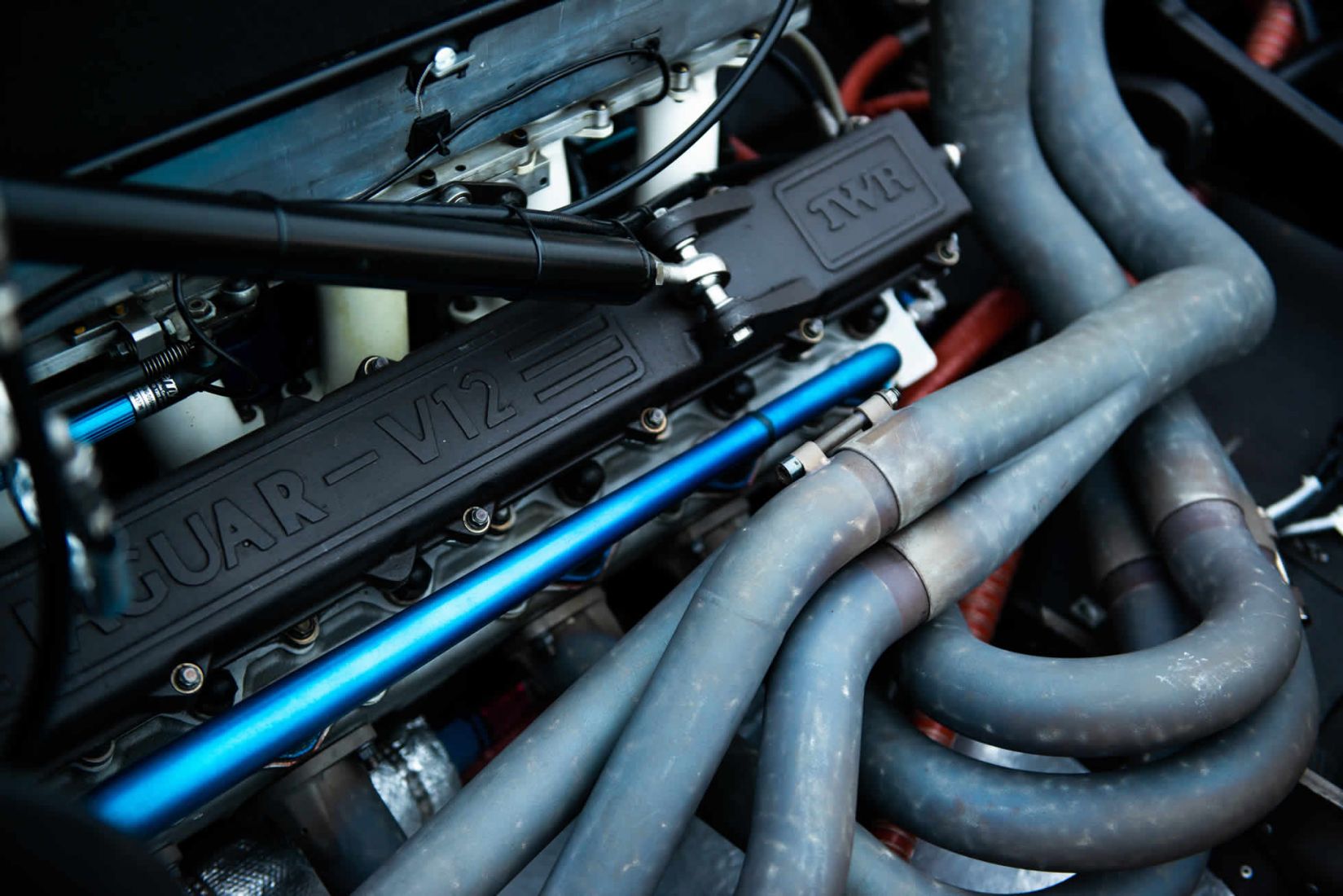The iconic 'Big Cat'
Jaguar’s return to global sports car racing coincided with the high watermark of late 80s / early 90s endurance racing. Grids saw closely-fought races between Jaguar, Mercedes and Porsche as endurance racing rivalled the popularity of Formula One, with unpredictable, entertaining racing amongst first class driver line-ups.
British fans had much to be proud of too. Jaguar Racing was put together by Sir John Egan as part of the renaissance of the brand post-privatisation from British Leyland. The ultra-successful TWR team under team boss Tom Walkinshaw put together a world class team of engineers, mechanics and drivers to beat the best that Mercedes and Porsche could muster.
The team’s results were impressive and in line with the high expectations of the management and their British fans: the team won the World Sportscar Championship in 1987, 1988 and 1991, the Le Mans 24 Hours in 1988 and 1990 and the Daytona 24 Hours in 1988 and 1990 as well.
The XJR-12 was really the ultimate development of the V12-engined cars, being a logical evolution of the XJR-9 designed by Tony Southgate.
This stunning example was a stalwart of the Jaguar Racing team, first appearing and newly built for Le Mans in 1990 (which the team won with another of its chassis’) and then subsequently at Daytona and Sebring in 1991 and finally Daytona in 1993. During this period the car ran in both the Group C category of the World Sports-Prototype Championship and the IMSA Grand Touring Prototype Championship in the States. It appeared in both Silk Cut and Bud Light liveries and is now available from Sports Purpose at Bicester Heritage. To find out more on this and other cars available, click on the link below. Photos © Sports Purpose.

